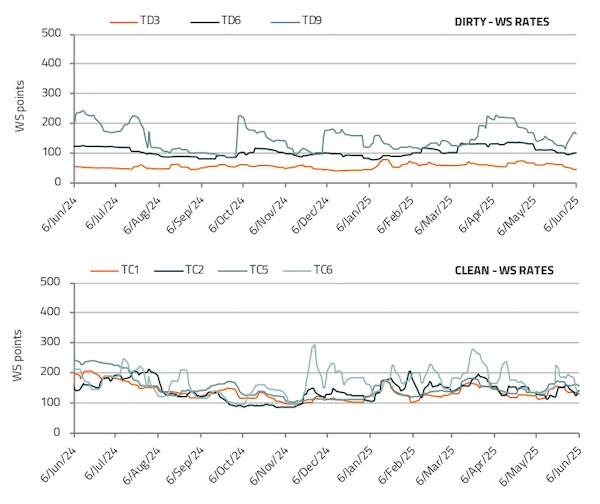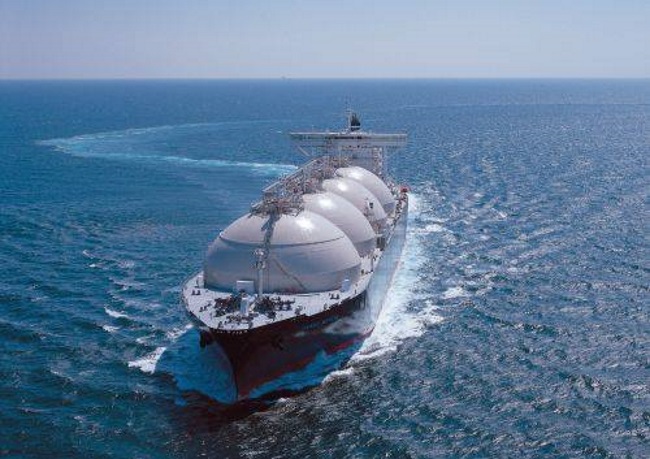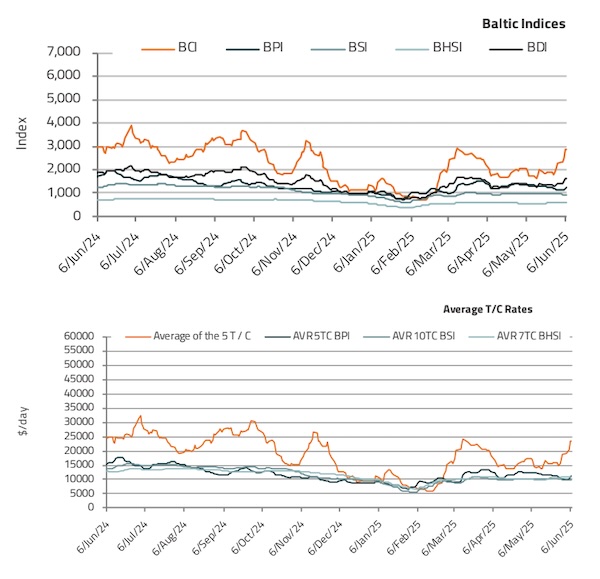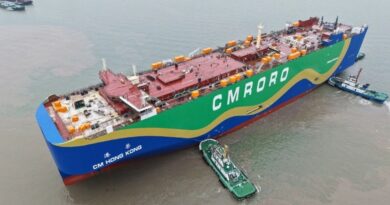LNG Shipping: A New Market Ahead?

The LNG tanker market could benefit from a rise in global LNG supply, which can offset the current fleet imbalance. In its latest weekly report, shipbroker Intermodal said that “the global LNG carriers’ market is currently navigating a period of headwinds. Subdued conditions are primarily driven by reduced demand from shorter-haul trades and an ongoing oversupply of vessels, exacerbated by robust fleet growth, evidenced by an orderbook-to-fleet ratio of 46%, which continues to exert downward pressure on freight rates. In response, vessel owners are exploring strategies such as idling, scrapping, or converting older, less efficient steam turbine LNG carriers into FSUs or FSRUs”.
According to Intermodal’s Senior Analyst, Mr. Nikos Tagoulis, “within this challenging environment, the sector is pinning its hopes on a forthcoming wave of LNG projects scheduled to commence operations in the coming years. These projects are anticipated to significantly boost global LNG production through 2030. Presently, however, the market appears to be facing a structural imbalance, as vessel supply continues to outpace the anticipated ramp-up in liquefaction capacity. Delays in the timelines of new LNG projects have contributed to a near-term oversupply of carriers, effectively postponing the market’s recovery by delaying fresh demand stemming from new liquefaction capacity. Although the ramp-up of liquefaction capacity may not a direct driver of shipping demand, it indirectly stimulates the market by creating new supply chains, driving down prices through increased supply, enabling thus demand growth especially in price-sensitive regions, improving regional access, and unlocking new markets”.

Source: Intermodal
“In this context, Canada is poised for a dynamic entry into the LNG exporting business, with cargoes expected to begin shipping overseas by July from a major LNG facility in Kitimat, located in the resource-rich region of British Columbia. This project, representing the largest private investment in Canada ever, is a joint venture between Shell, Petronas, Mitsubishi, PetroChina, and KOGAS, marking Canada’s inaugural LNG export facility. The initial production capacity is estimated at 14 MTPA, with the potential for future capacity doubling. For perspective, Nigeria, projected to export approximately 14.1 MTPA of LNG in 2025, currently ranks as the world’s seventh-largest exporter. The terminal will comprise natural gas receiving and LNG production units, a marine terminal capable of simultaneously accommodating two LNG carriers, a tugboat dock, and LNG loading lines. Additional infrastructure includes LNG processing units, storage tanks, a rail yard, a water treatment facility, and flare stacks”, Tagoulis said.

He added that “the launch of the LNG Canada terminal could mark a pivotal turning point for seaborne transpacific LNG flows. As a new export hub on North America’s Pacific coast, Kitimat will enhance supply diversification and regional trade flows. Its location provides direct access to Asia, allowing cargoes to reach key markets such as Japan, China, and South Korea in approximately 11–13 days—significantly shorter than the 20+ day voyages required from the U.S. Gulf Coast via the Panama Canal, reducing thus voyage durations and fuel costs. With an expected output of 14 MTPA, the project will drive additional vessel demand, requiring an estimated 15–17 dedicated 174,000 cbm LNG carriers to sustain consistent trade volumes. Furthermore, LNG Canada’s emergence contributes to a more diversified LNG export landscape, marking the development of new transpacific sea corridors directly linking Canada’s West Coast with major Asian LNG importers laying the groundwork for long-term trade routes that could reshape LNG trading patterns across the Pacific”.

Source: Intermodal
“The LNG Canada Project together with the surge in crude oil exports from the Port of Vancouver, one year after the expansion of the Trans Mountain pipeline, are further reshaping Canada’s energy export landscape. These developments are strengthening Canada’s position in global seaborne energy trade and expanding its reach into key markets. If trade tensions between the U.S. and China continue, Canada’s Pacific coast gateways and growing export capacity could position it as a significant partner for China and other Asian countries. This would allow Canada to play an increasingly influential role in global energy dynamics in the years ahead”, Intermodal’s analyst concluded.
Nikos Roussanoglou, Hellenic Shipping News Worldwide




